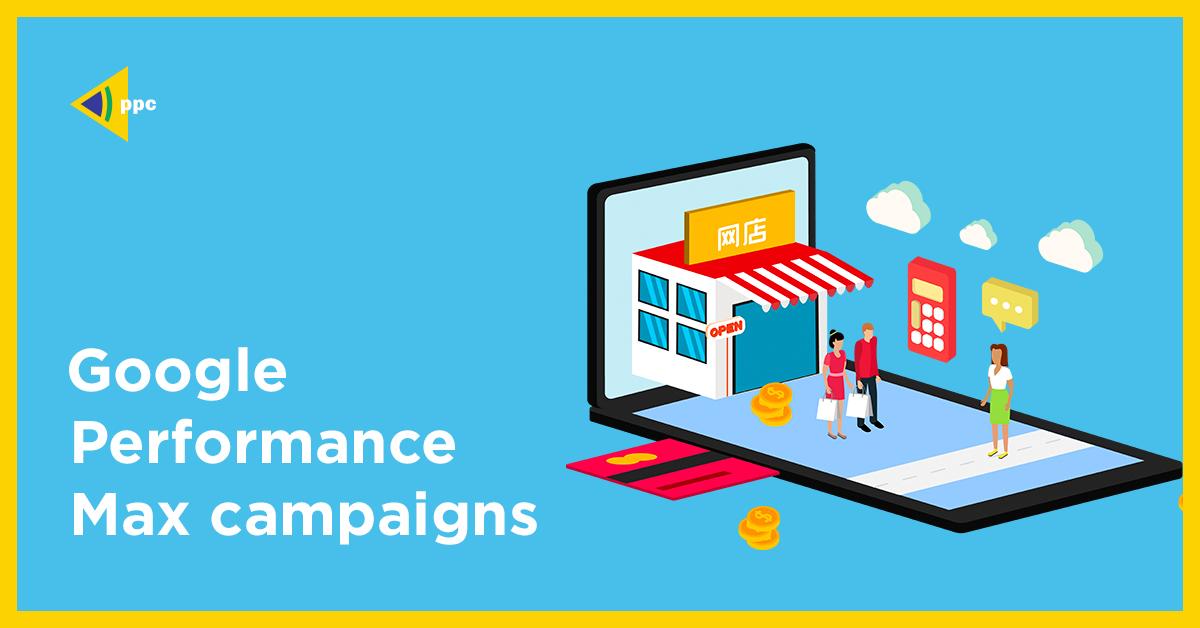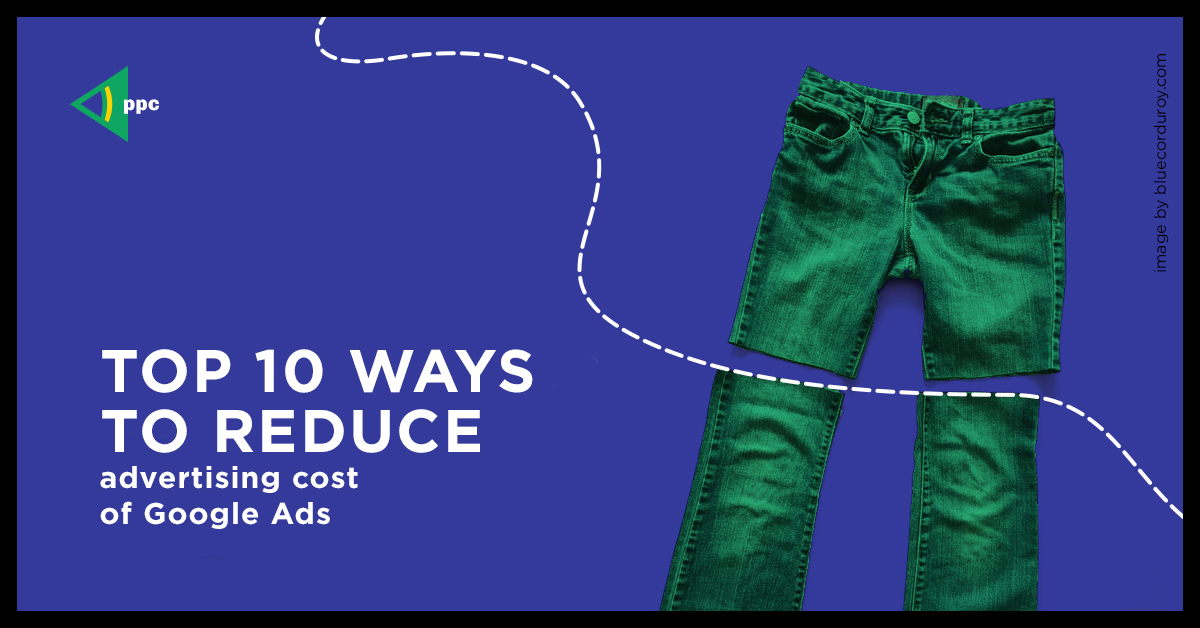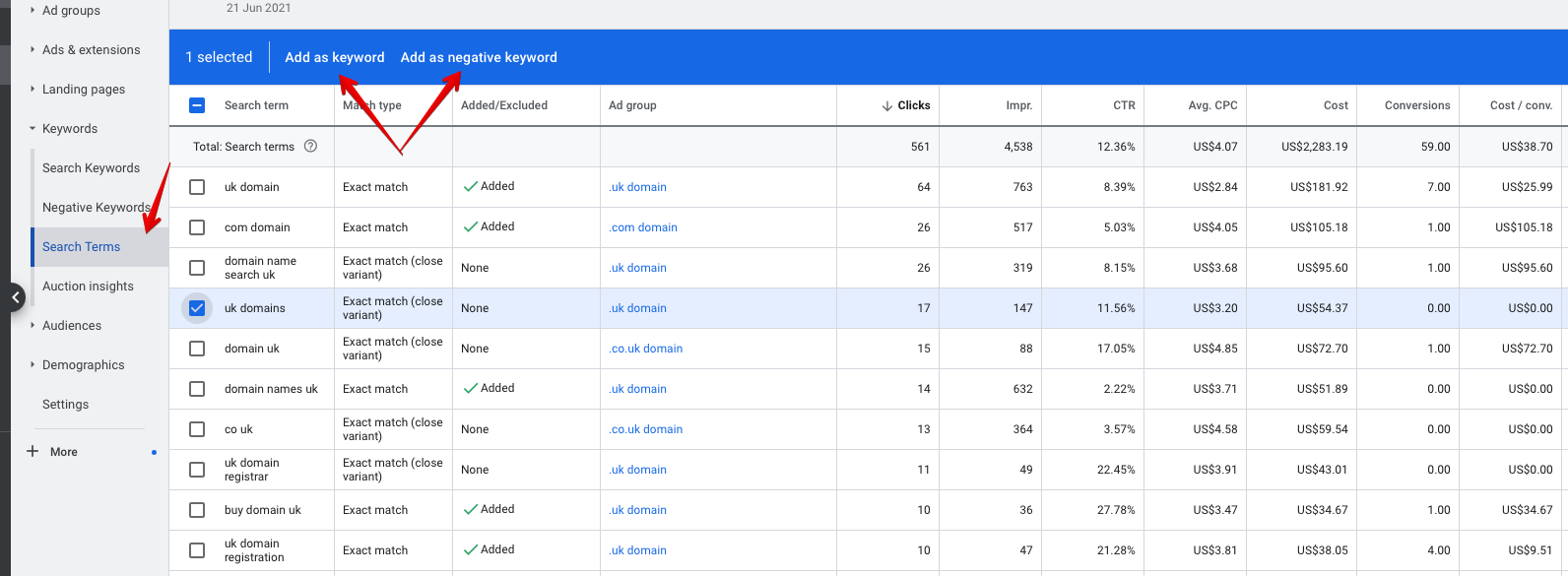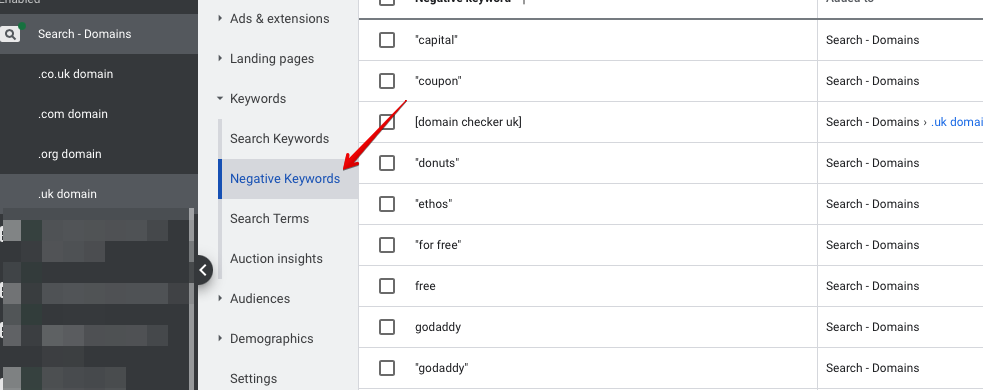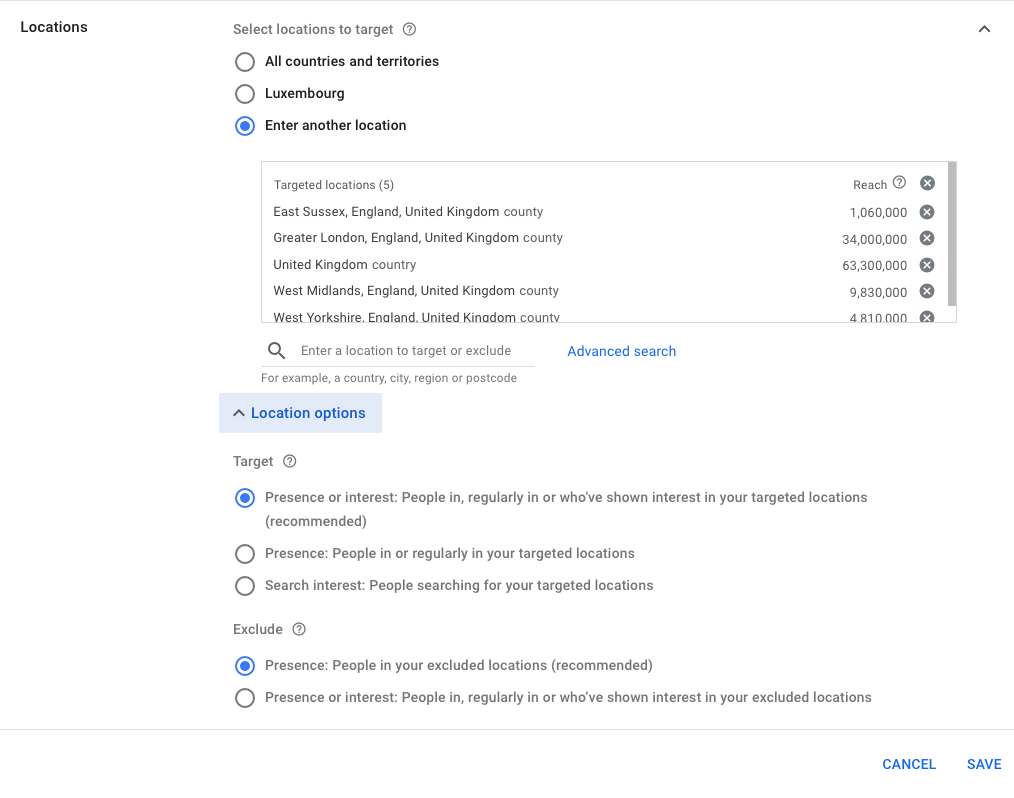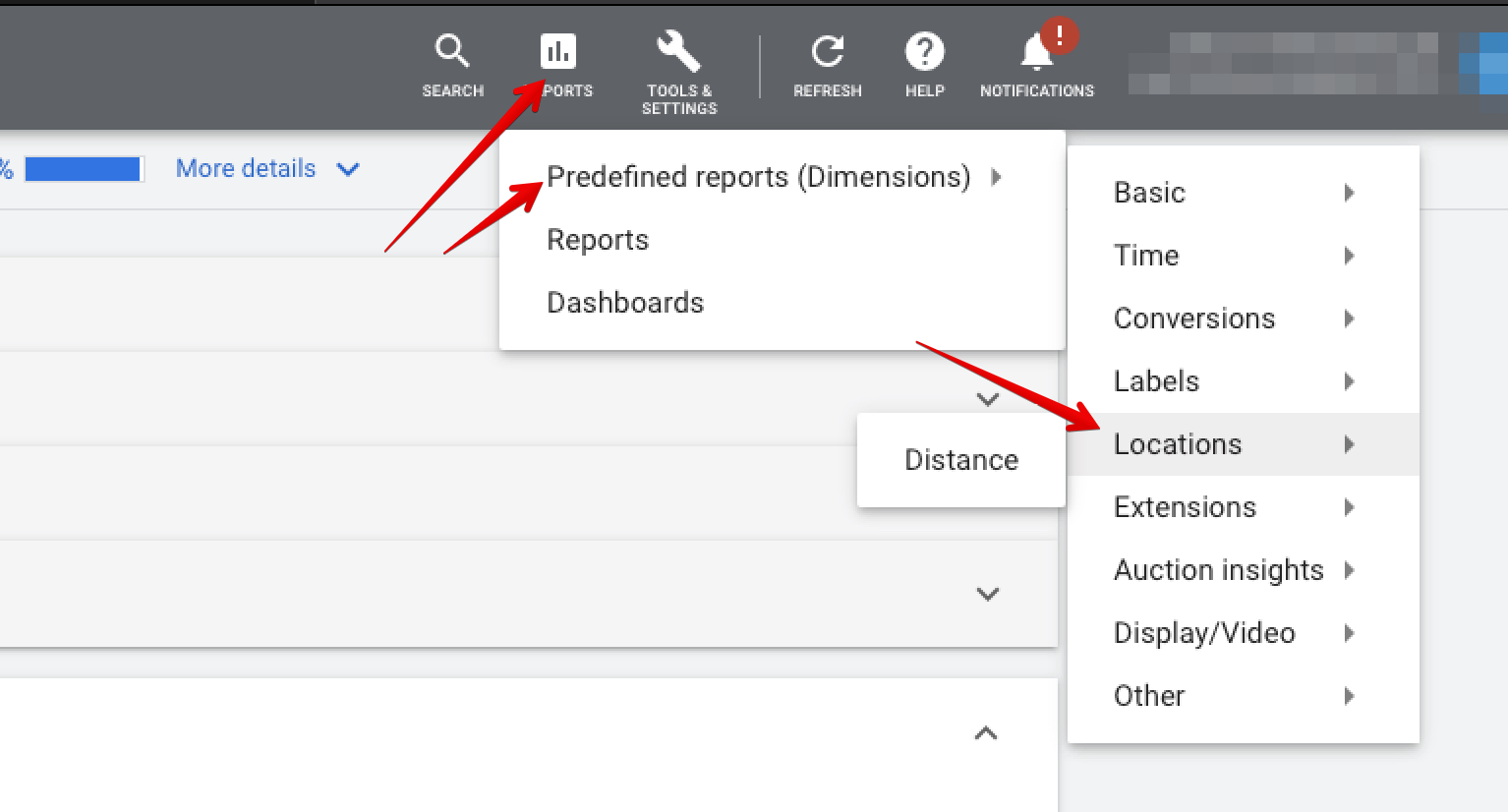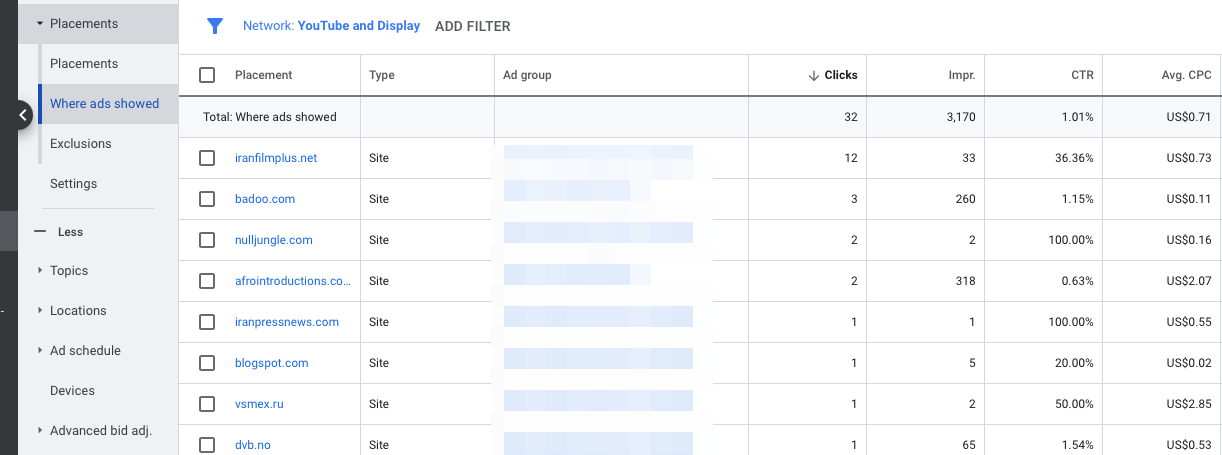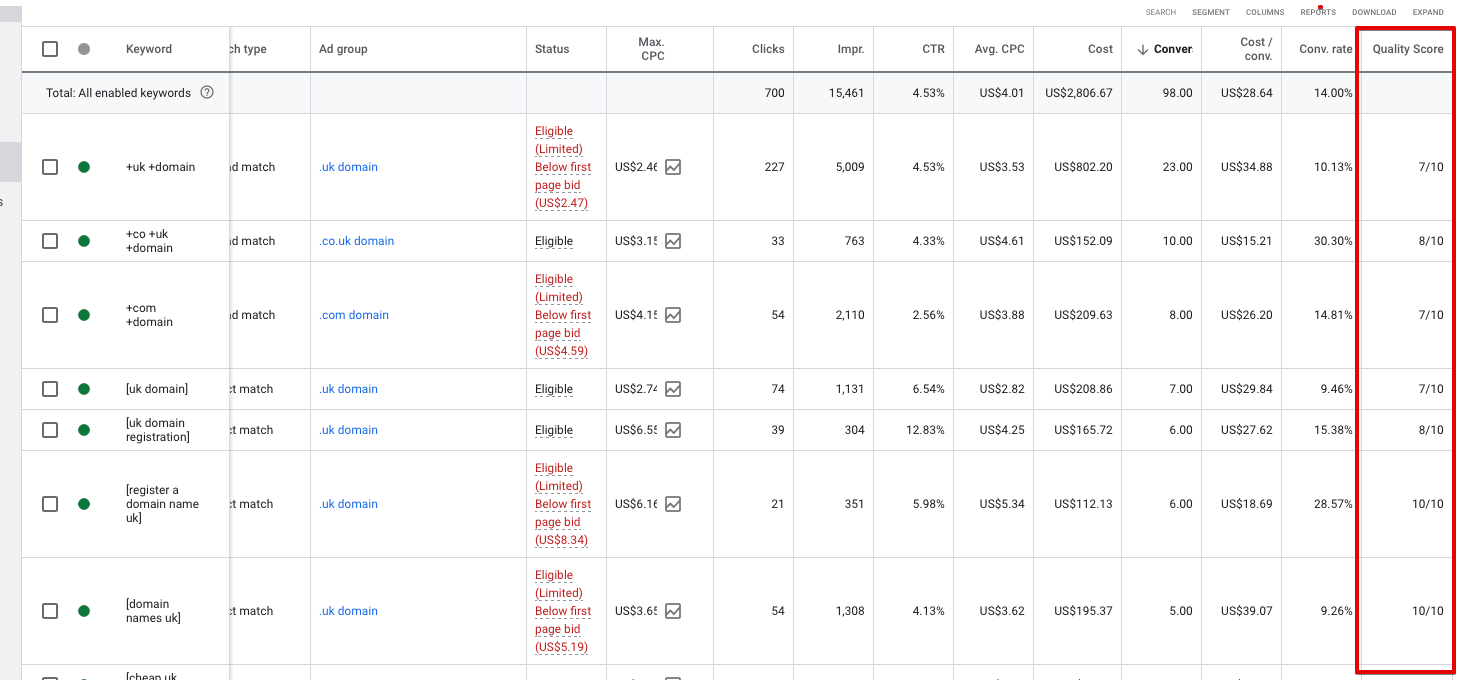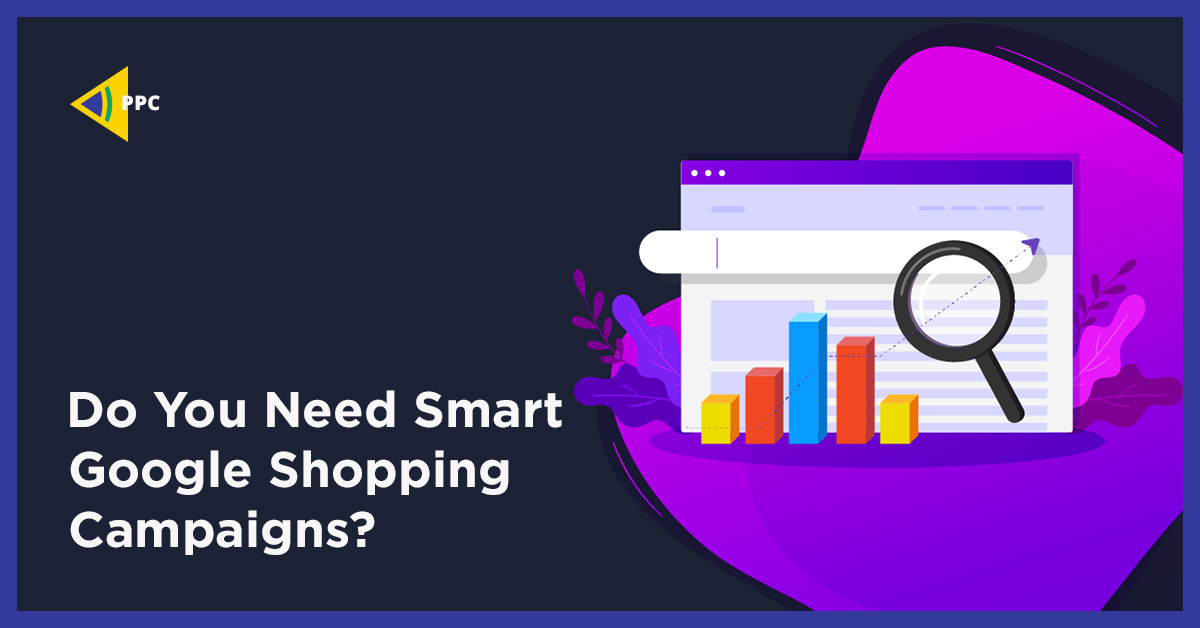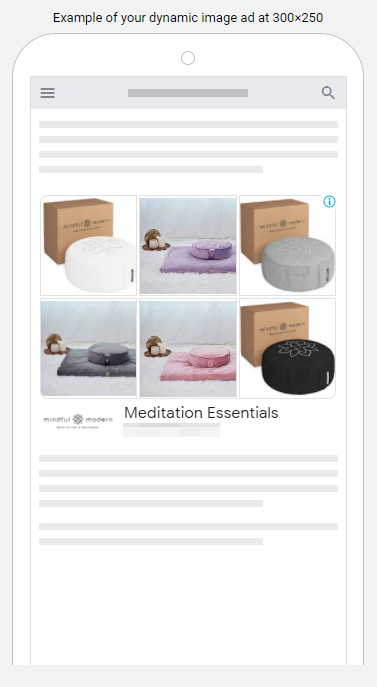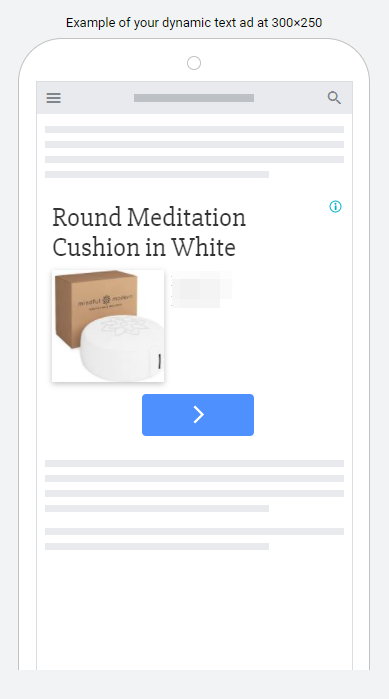Google Performance Max Campaigns
There have been a lot of queries about what Google Performance Max is, how it compares to other campaigns, and how it performs since Google announced that it would be rolled out more widely. The purpose of this post is to provide answers to frequently asked questions and to assist advertisers in their preparation.
What does Google Performance Max entail?
The main distinction between Performance Max and other ads is that Google automates the campaign’s targeting and delivery based on the data provided by the advertiser.
Performance Max is an automated campaign type that is similar to (but not identical to) a Smart campaign.
Similar to how responsive display advertising functions, Google will automate ad production but just depending on the materials provided.
Performance Max and social campaigns have certain similarities, such as the fact that it runs across numerous places using dynamic ad formats and that performance reporting by audience and placement is limited.
On which network is Performance Max available?
Performance Max campaigns are unique in that they can run across all of Google’s inventory, which sets them apart from other campaign kinds. Search, Display, YouTube, Gmail, and Discovery campaigns all have locations that Performance Max campaigns can fill.
With Performance Max, what options and controls do I have?
You choose your objective when you create a Performance Max campaign. Product feeds and shop locations might be linked depending on your objectives.
Bidding and Budget
After that, you’ll decide on your budget and bidding approach. Max conversions and max value are available bidding strategy parameters, but you can also define a max CPA or a target value/conversion, allowing you to use Target CPA and Target ROAS strategies.
Ad Scheduling, Location, and Language
You’ll then select your locations. Because the Google Ads editor does not now enable Performance Max, setting up the targeting is more time-consuming than typical campaigns. If you have a lot of places to add, select “input another location,” which will expand to include a blank area and a link to “advanced search.” Bulk import locations can be found by clicking the “advanced search” link.
You can then select languages, ad schedules, campaign run dates, and more.
Options for Advanced URLs
The URL choices are crucial. Unless you turn off the option, Google will define its own final URLs by default. You have the option to exclude links if you enable Google to deliver traffic to whichever links it sees fit.
You can also provide tracking templates.
Creating “Asset Groups,” often known as ads
After that, you’ll be asked to create an “asset group,” which is essentially an ad that works similarly to a responsive display asset. This “asset group” is termed so because it serves as a resource for all platforms. Advertisers have the option of creating several “asset groups.”
Automated Targeting with Information
There is just one set of targeting for each campaign (so no ad groups). You can choose audiences to assist Google to figure out who it should target. “Your ads will be presented to people who are most likely to convert for your goals,” Google says. By supplying audience signals, you may speed up optimization.” This means that your campaigns may not be limited to certain demographics. Rather, Google is looking for signs in the audiences you supply. They’ll utilize the information to find similar customers who share similar behaviors and interests.
Configuring Ad Extensions
You then add your extensions. For the Performance Max campaigns, you can use existing account-level sitelink extensions or select and develop specific sitelinks. Based on your objectives, the campaign will recommend extension formats. If your major goal is lead generation, for example, the campaign will recommend generating a lead form extension. Structured snippets, pricing extensions, promotion extensions, callouts, and call extensions are also available.
What are the contents of Performance Max reports?
A flaw in performance reporting has been identified. Advertiser feedback on reporting transparency had been heard during the Google Marketing Livestream, and Google will be taking steps to improve openness inside Google Max campaigns.
Because it’s unclear how reporting may evolve in the future, I’ll relate my experience with reporting as it currently exists.
In its current state, reporting is limited. Advertisers can report on overall campaign performance just like any other campaign. The breakdowns are where the transparency disappears.
To begin, consider the following options:
- Advertisers can report on the overall performance of their campaigns.
- Advertisers can submit location performance reports (and if advertising a chain, the store report is available based upon location extensions)
- Advertisers can track performance by hour of the day, day of the week, or day and hour.
Now for the stuff, you can’t talk about.
Although you can add several asset groups (ads), reporting on performance by asset group is not feasible. For example, in the display, you may currently report on performance by responsive display ad, but you can’t really break down that performance by each asset. You can’t even take the initial step of breaking down performance by asset group with Performance Max (ad).
There is also no information on who is being targeted. Remember that the targeting characteristics you supply are used as indicators to help you locate other probable prospects in the market, so the audiences you provide won’t necessarily be utilized as targets, but rather as a way to identify qualifiers and indications to help you find other likely prospects. Finally, there’s no way to know who saw your ad because there’s no audience reporting, keyword reporting, demographic reporting, or anything else. This also means that exclusions for certain items aren’t possible.
Advertisers are unable to report on device performance or exclude users.
I can’t comment on performance reports at the product level because I didn’t connect a product feed.
What is the performance of Performance Max?
Let me start by mentioning that we are Google Premier Partner agency and we were one of the Performance Max beta testers, so I’ll speak from personal experience. The mileage may differ.
Our non-brand search advertising, which was entirely maxed out with budgets unlimited, had a CPL 21.4 percent lower than the Performance Max campaigns. The CPL was also roughly 22% lower than display, which often does really well for this account. With Performance Max, we were able to improve their total month’s conversions by roughly 5%, and this was with constrained budgets, so there’s still space to push more volume.
It doesn’t appear to be cannibalizing search, but neither the Performance Max nor the Display campaigns were fully loaded, so I don’t know how inventory was migrating between the two channels.
I would temper those findings by pointing you that this is a high-volume account. Because of the volume of data flowing in, automation does exceptionally well here. Nonetheless, overall performance appears to be positive.
We’re currently waiting to evaluate how the lead quality compares to other channels for this account because leads take a long time to close.
Feel free to contact us if you need google cpc agency or any google ads management.

